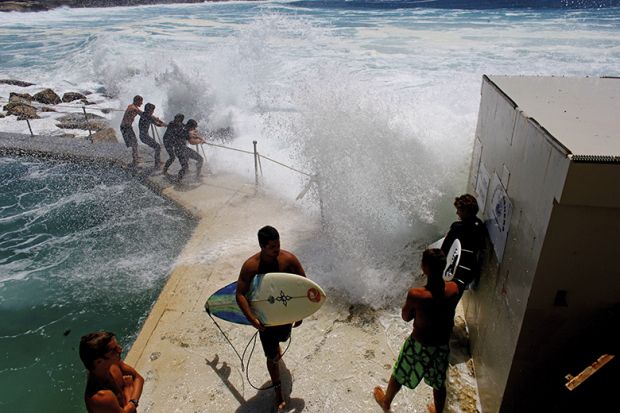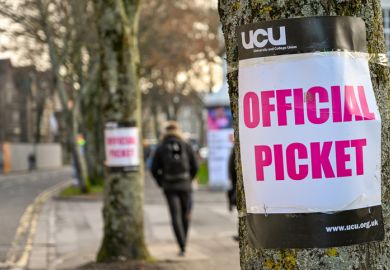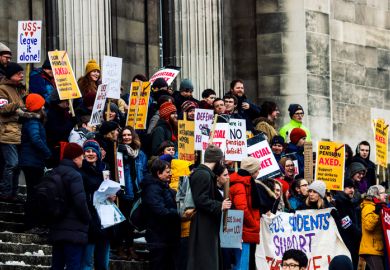Australia’s academic union is pressuring universities over their reliance on casual workers as a two-tier employment system denies thousands of staff the conditions enjoyed by their tenured counterparts.
The National Tertiary Education Union has made casualisation a centrepiece of its “Change the Rules” campaign to reduce workplace inequality. It has established a national casuals committee and taken other steps to increase casual representation, with one branch recently launching a charter of rights for casual academics.
The NTEU also wants universities to be more transparent about casual employment, which is reported only on a full-time equivalent basis. While the casual proportion of higher education staff has risen from about 15 per cent to 18 per cent over the past decade, the union says that casuals comprise almost half the university workforce headcount and perform the bulk of undergraduate teaching.
NTEU president Alison Barnes said that casuals’ uncertain earnings made it difficult for them to have children, buy homes or take holidays. “They’re worried if they say ‘no’, they may not be offered that work again,” she said.
“It’s not just the financial insecurity. You feel on the fringes of the workplace. You’re excluded from the collegial aspect of universities.”
They are also excluded from employment perks considerably better than those enjoyed by most Australian workers. Tenured academics attract 17 per cent superannuation compared with an Australian norm of 9.5 per cent.
Many are entitled to 50 per cent more sick leave than typical Australians – and at one university, five times as much – and about twice as much parental leave, along with generous sabbatical and job security provisions. Casual staff tend to have low wages and no job security or paid leave.
Canberra higher education consultant Andrew Dempster said that the “growing disparity” in employment conditions was fostering the reliance on casuals. “Permanent university staff enjoy conditions well in excess of the community standard,” said Mr Dempster, head of Proofpoint Advisory.
“This makes them costly to employ. Casual staff are cheaper. This is one of the reasons we’re seeing that clear trend towards greater casual employment.”
Mr Dempster said that the tendency in enterprise bargaining had been to “pump up the benefits for permanent university staff, but not for casual staff”.
“There’s always been the sense that the gains will come for casuals ‘next time’. There’s now been three or four ‘next times’ but the gains have not really come.”
Dr Barnes said that university underfunding, rather than the cost of employing tenured staff, was responsible for increasing casualisation. She said universities spent too much money on things such as marketing campaigns. “They need to be held accountable for where they put their money.”
But John Germov, deputy vice-chancellor of Charles Sturt University, said that universities’ levels of casualisation were lower than in the broader Australian workforce.
“There is a bit of a moral panic around this,” he said. “The statistics have been quite stable and they’re better than the national average.”
Professor Germov attributed the increase in casualisation partly to a growth in industry-oriented education, which required working professionals to take up a sideline as university teachers. But he was concerned about “permanent casuals” who spent years as de facto full-time employees without the benefits of tenured employment.
“I don’t think that’s acceptable,” he said. “We’ll genuinely have to do something about it.”
Register to continue
Why register?
- Registration is free and only takes a moment
- Once registered, you can read 3 articles a month
- Sign up for our newsletter
Subscribe
Or subscribe for unlimited access to:
- Unlimited access to news, views, insights & reviews
- Digital editions
- Digital access to THE’s university and college rankings analysis
Already registered or a current subscriber?








